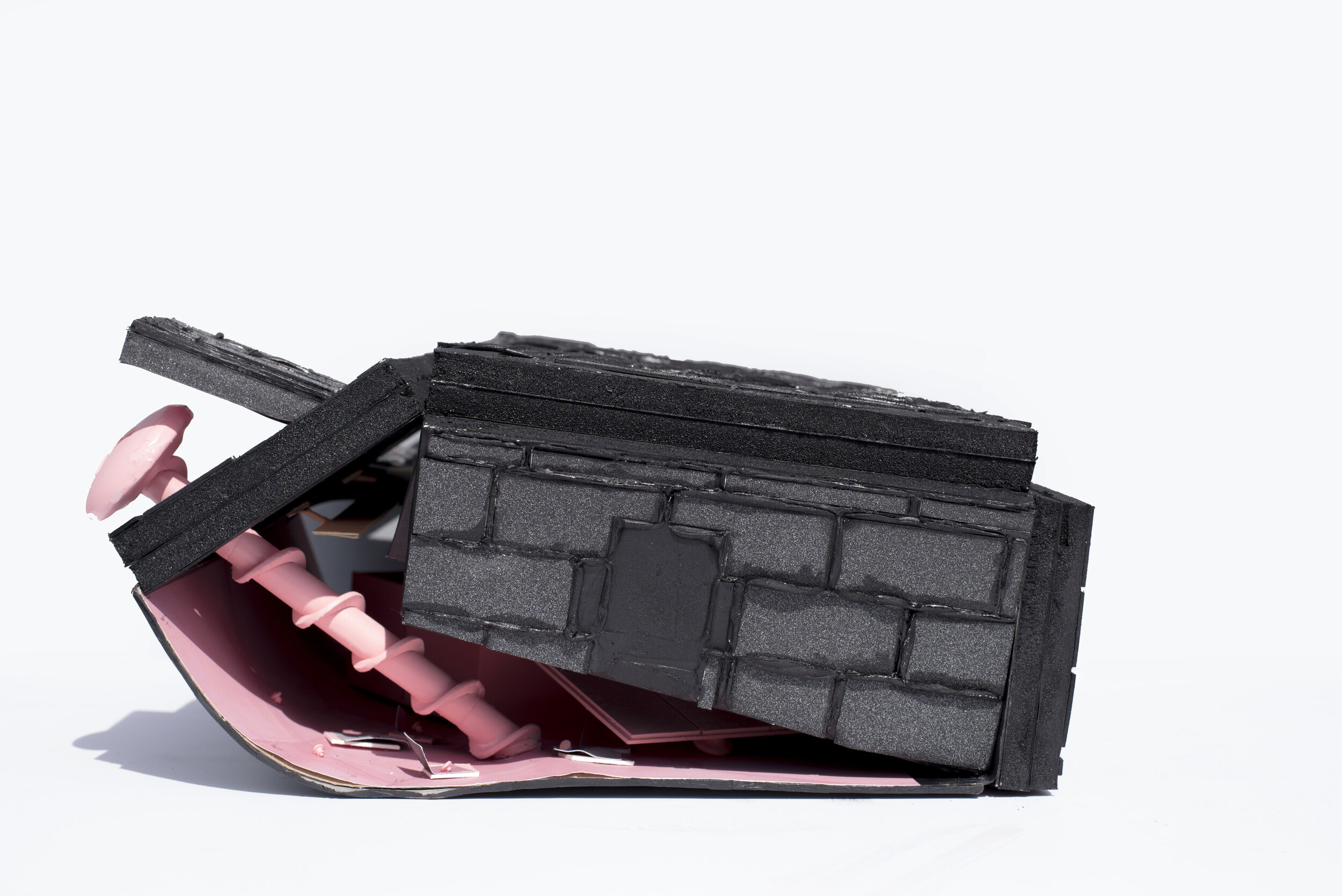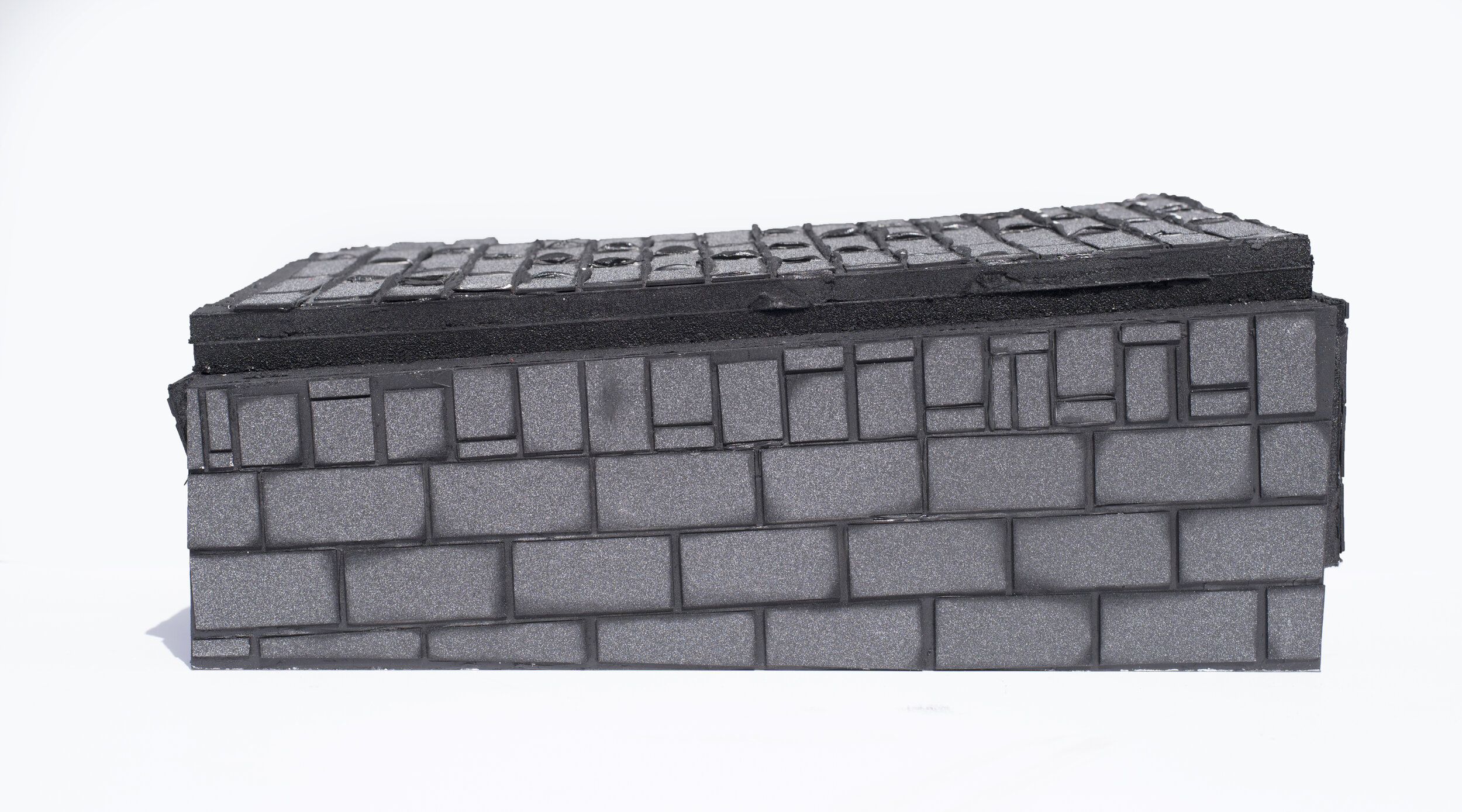
Unfolded Planes
In Collaboration With Dutra Brown
Instructor: Anna Neimark
Consider this quote form Adolf Loos’s Essay “The Principle of Cladding’ from 1898: “Say the architect is to create a war, cozy room. Carpets are warm and cozy, so he decides to spread one over the floor and hang up four to make the four walls. But you cannot build a house from carpets. Both floor carpets and wall hangings need a construction to keep them in place. Designing this construction is the architect’s second task.” This studio presents the students with the problem of the architectural interior: it’s spatial and material qualities. It centers on a room and builds outward to construct the room’s armature and relationship to the building’s perimeter and the physical world beyond. The representational format used to describe this interior will be the developed surface a drawing of the interior elevations of a room unfolded and positioned along the perimeter of the floor on the reflected ceiling plan. This device offers and opportunity to understand interior elevations in relationship to geometric form, thickness of material, and ornament’s direction.





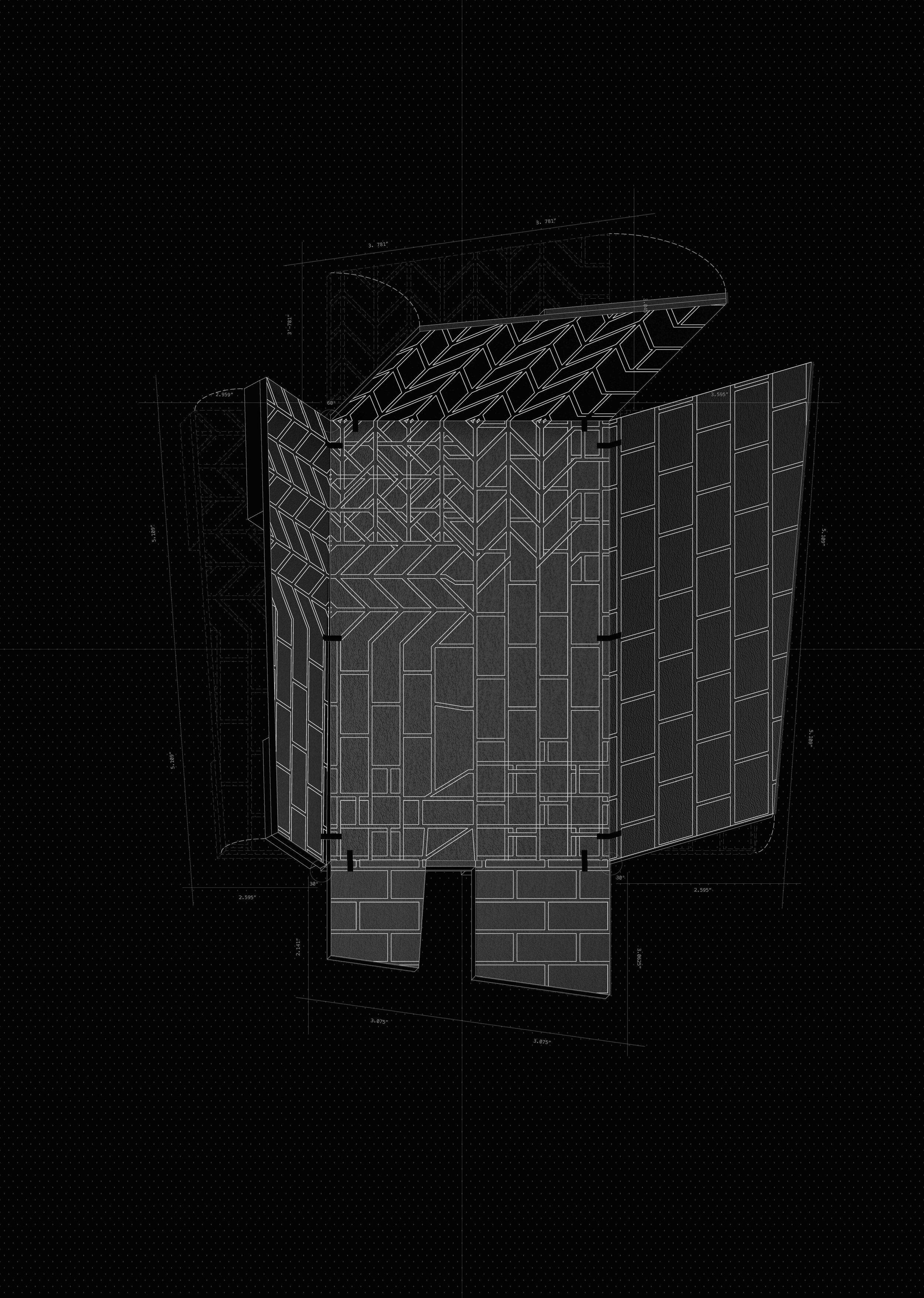

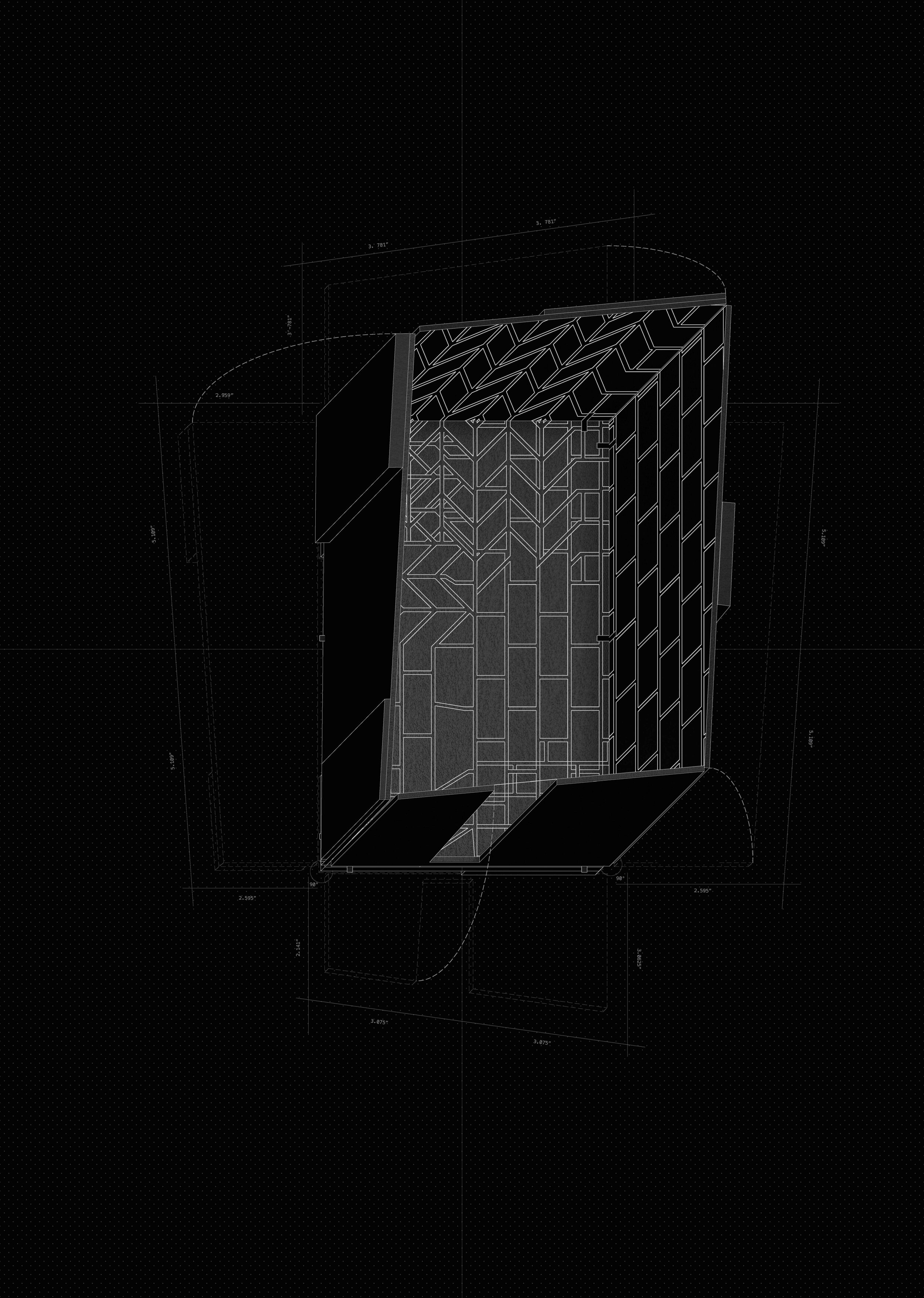




Developed Theater Model
A model with diverse corner conditions that also include a layered material palette. Paint, masking tape, spray paint, print, sand paper, museum board 1ply 2ply 4ply, basswood, veneer, wallpaper were the only allowed materials to use. This explores the importance of Tape, which was was the only material that was being used for structure and cladding the museum board.




American Cinematheque
These two project, since the beginning were being treated with a least amount of technology being used to design. This brings up the qualities and represents an evolution of strong a process. A process that transformed tape hinges to structure, bricks to panels and a screw to a spiral stair.

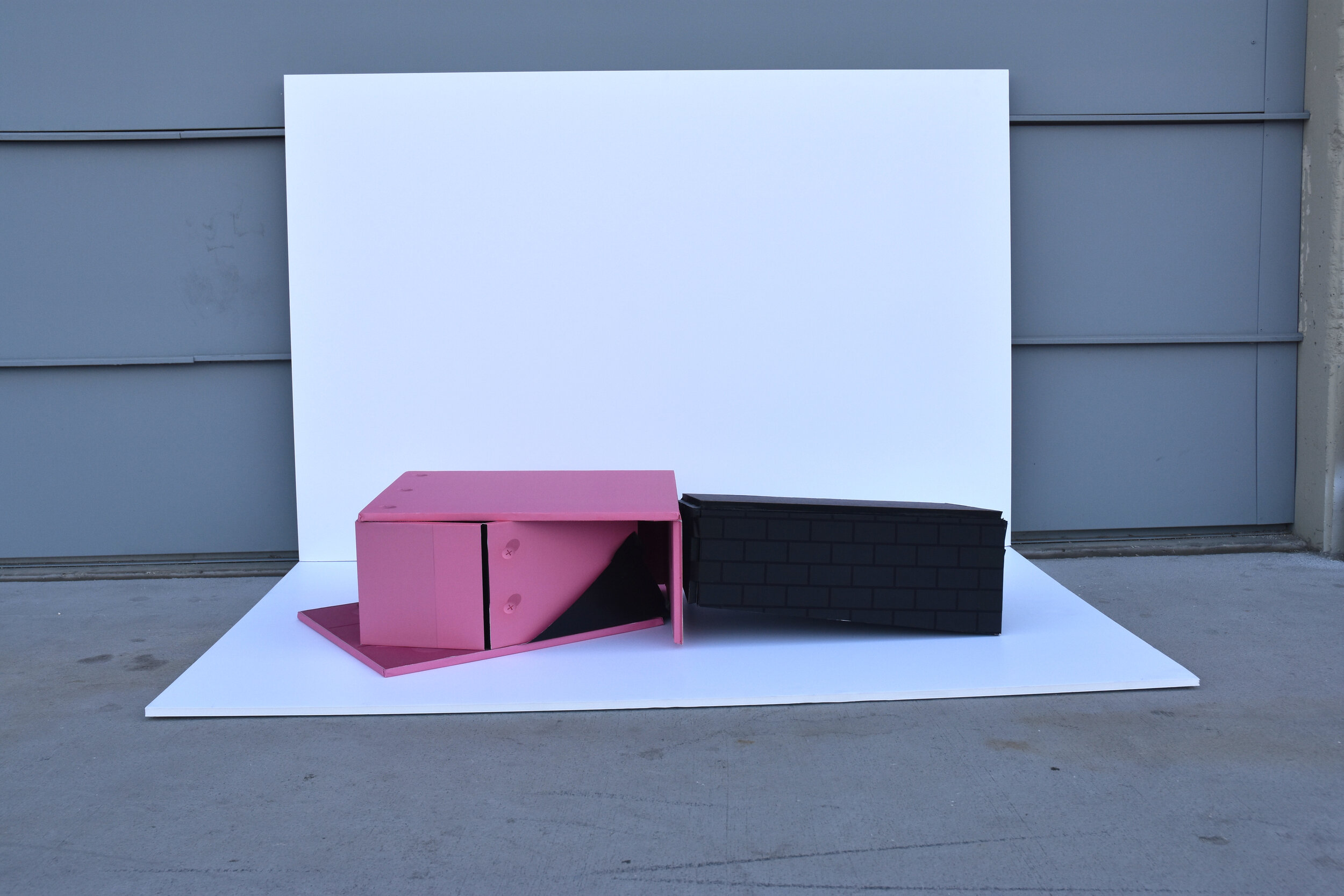

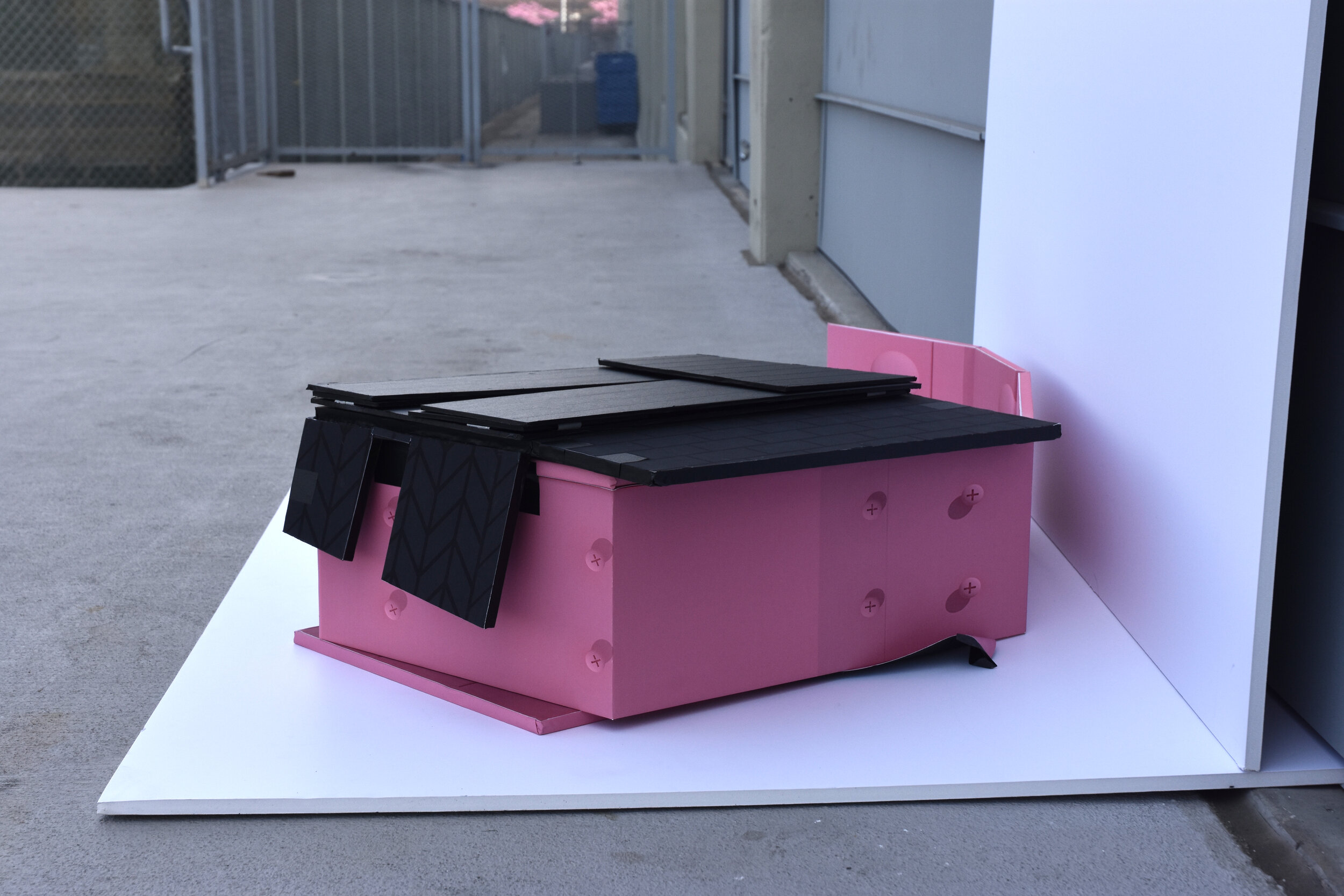
Unfolded Plan
Producing architecture that explores and questions the scale of the objects and flatness of the surfaces, while transforming the uncanny characteristics to the real world. This project aims for the aesthetics of handmaking models and process, and challenges the overusing of the technology in the studio. The project also explores ways of flattening 3D objects into 2D representations and 3D artifacts from 2D representation, while considering the characteristics and qualities of an unfolded model and drawing.

Drawings




Model Photos

